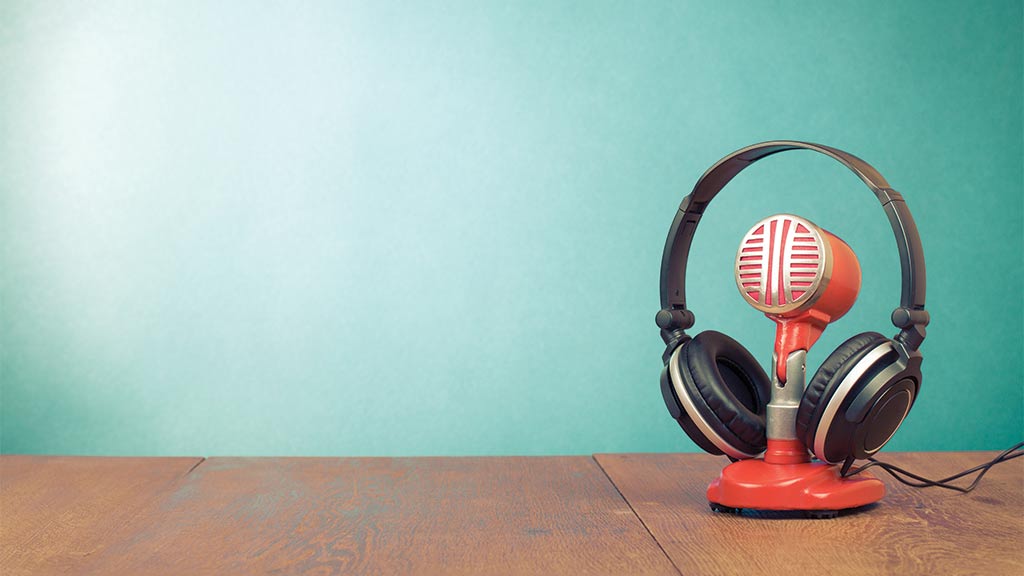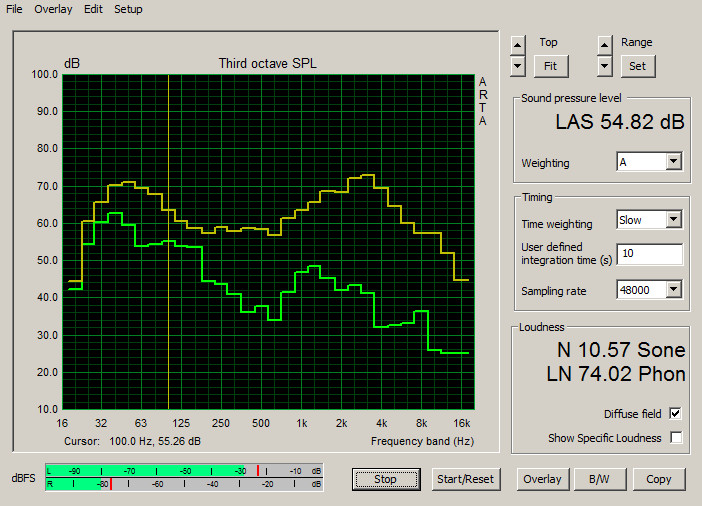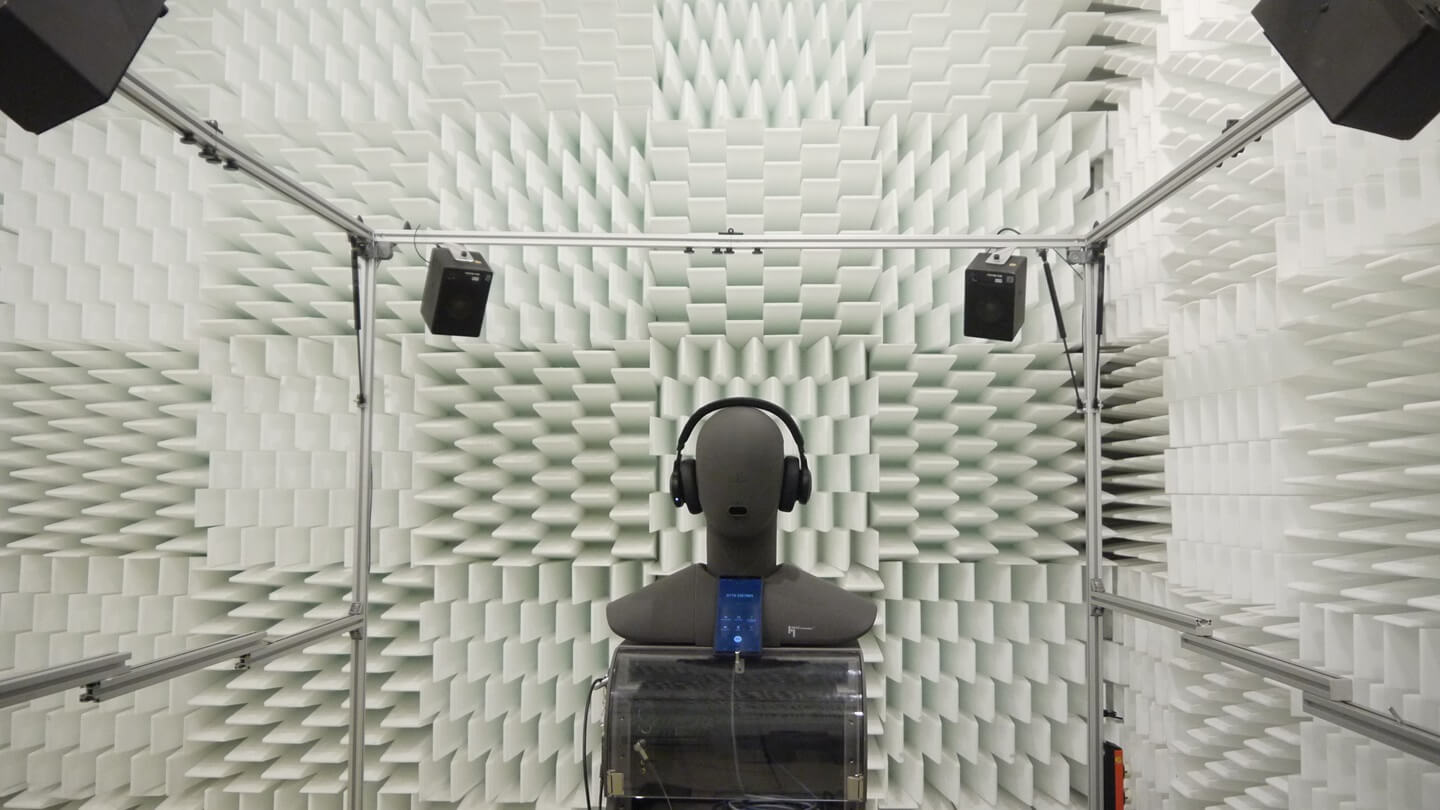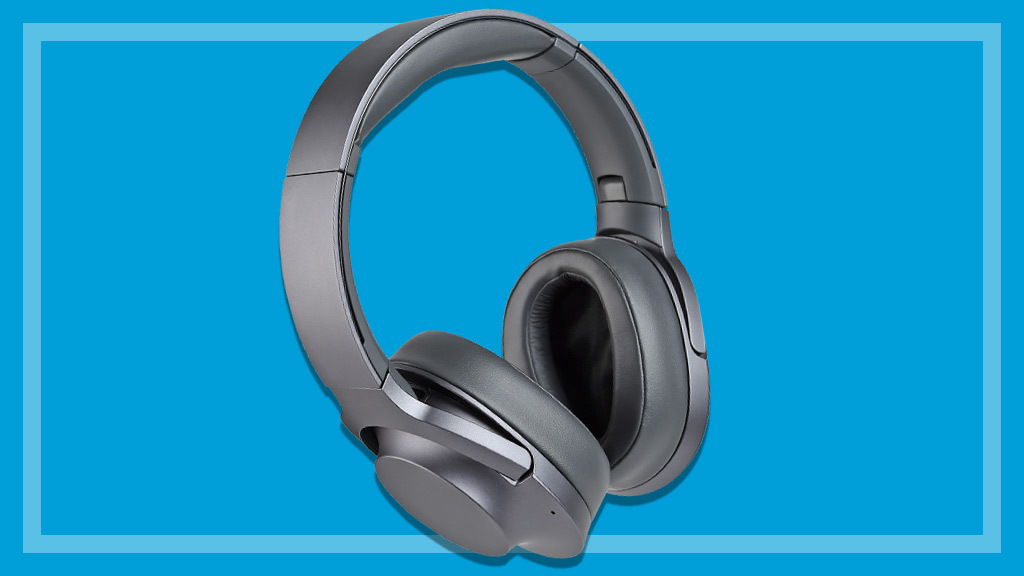Get our independent lab tests, expert reviews and honest advice.
How we test headphones

We’ve tested hundreds of headphones and earphones from brands like Beats, Sennheiser, Bose, Apple, Sony and more to make sure you’re not wasting your money on bad sound.
On this page:
- Changes to our headphones test
- Our expert testers
- How we choose what we test
- How we test headphones
- Scoring
Our expert testers and listening panel put the latest models through rigorous testing to rate sound quality, comfort and how well they work in real life so you’ll know exactly what to expect. Our unique comparative lab tests mean you can trust what we recommend and choose with confidence.
Changes to our headphones test
As of March 2024 we’ve completely overhauled our headphones test. Where we previously ran separate tests for standard and active noise-cancelling (ANC) headphones, now all headphones are tested under the same conditions and everything from sound quality to battery life is comparable in one table.
Slight adjustments are made for different types – in ear, over ear and on ear – and technical ANC assessments are conducted where applicable. We’ve looked at as many previously tested models as possible, using the new test method. You may notice that some scores and recommendations have changed as a result.
Adopting a new method means that current test results can’t be compared to previous ones. These will no longer be published and all future headphone scores and recommendations will be based on the current method.
Our expert testers
Our testers have years of expertise in testing audio equipment and, unlike most reviewers, we don’t rely on one individual’s perception to rank products. Instead we use a listening panel of five people with expertise in sound appraisal who have shown that they can consistently rank products for their sound quality.
How we choose what we test
In this test we’re looking for as wide a range of products as possible. This test is carried out over some time and will grow as we add more models.
How we test headphones
Our expert assessment looks at:
- sound quality
- active noise cancellation performance, where applicable
- comfort
- battery life
- ease of use
- durability.
We also assess microphone quality and ease of cleaning but these don’t contribute to the CHOICE Expert Rating.
Sound quality
A listening panel of five audio experts listen to the following audio samples:
- classical music (orchestral piece, opera)
- jazz with piano and vocals
- pop music with clear bass and vocals
- podcast with male and female speakers.
The hearing test takes place in a living room or a similar environment. Samples are played as compression-free tracks from a high-quality source (e.g. a high-end CD player and amplifier). Available filters and equalisers are tested in their default positions.
If the headphones support Bluetooth and a cabled connection, they are primarily tested with a Bluetooth connection. However, audio quality via a cable connection still contributes to the sound quality score.

Bluetooth audio is assessed with ANC on if this feature is present. Cable audio is assessed with ANC turned on if present. Experts assess active noise cancellation as part of sound quality for applicable headphones in environments with typical ambient noise, such as: continuous noise (air conditioning, aircraft noise), cyclical noise (passing cars) and background chatter.
Technical assessments, including sound interference measurements, are also conducted. These include listening for headphone and cable noise during movement (e.g. hum, pops and interference), sound leakage, inherent noise that occurs when ANC is enabled and sound isolation performance when ANC is turned off. Experts also conduct frequency response, harmonic distortion and sound pressure measurements.
Active noise cancellation performance
A technical test assesses ANC performance in a number of environments: continuous noise (as noted above), a restaurant where people are talking, cyclical noise (as noted above), a silent location and other typical environments as determined by the expert tester. Sound isolation is also tested.
Comfort
A panel of five experts assesses:
- how the headphones feel when putting them on and taking them off
- wearing the headphones at room temperature for 30 minutes
- wearing the headphones in motion, such as short running, jumping jacks and dynamic walking.
The experts also consider headphones preparation, which involves fitting the correct ear adaptors or cushions, looking for left and right indicators and setting up and pairing true wireless earbuds.
There are a number of elements that make up each comfort test. These include a secure fit assessment, movement hindrances, noting the weight and feel of the headphones and whether they are easy or difficult to remove for users with long hair.
Battery life
Two charging and discharging cycles are carried out. The total discharge time is recorded and the score is calculated based on expected runtimes. The range of expected runtimes differs for in-ear and on/over-ear headphones.
- In-ear headphones: 110–660 minutes.
- On/over-ear headphones: 180–3000 minutes.
Battery life is tested under the same conditions as the sound quality assessment. For example, headphones with Bluetooth and wired connectivity options will be tested with Bluetooth enabled and. Also, headphones that support ANC have ANC turned on and set to maximum (without ambient noise present).
The operating time after 15 minutes of charging is also measured and recorded. The battery is completely discharged during this part of the test as well.
Ease of use
A panel of three experts conducts the ease of use assessment. First, they test the initial set-up following instructions presented as though they were a typical consumer.
Then they conduct a daily use test. This includes the detail and clarity of visual information, battery indicators, connecting the headphones to other devices and using the app (where applicable).
During this time, testers also assess the extent to which noticeable noises from headphones can be heard during the movement performed, especially in cases of particularly quiet musical passages. In addition, the extent to which touching noises are transmitted by a cable (if supplied) must be assessed separately. If only wired headphones are used, these tests are performed as one.
Finally, a charging and discharging procedure is carried out. Testers evaluate to what extent acoustic or visual indicators for the various operating states (on, off, standby, low battery, etc.) are visible, audible, and useful. The same tests are conducted for charging cases where supplied.
Durability
A simple build quality assessment. Headphones are judged for look and feel. Are there any rough edges? Do they creak and pop? Do they feel cheap and nasty when held? Is the material a nice plastic, cheap plastic, or metal?
Models that feel solid score better. This applies across all headphone components including the earpiece (padding where applicable), buttons, adjustment points and connection points.
Microphone quality
Speech intelligibility is tested by three test persons when using a smartphone handsfree. The test is assessed with and without ambient noise. This results of this test do not form part of the CHOICE Expert Rating.

Cleaning
How easy is it to clean the headphones as per the instructions? Can the headphones be cleaned regularly without causing long-term damage to the headphones? Cleaning is conducted with a water damp cloth and a cleaning or hygiene cloth. The results of this test do not form part of the CHOICE Expert Rating.
Scoring
The CHOICE Expert Rating is our overall score that determines which products we recommend. We recommend headphones with an Expert Rating of 75% or more. For headphones with active noise cancellation, this rating is made up of:
- Sound quality (45%)
- Active noise cancellation score (15%)
- Ease of use (17.5%)
- Battery (10%)
- Comfort (7.5%)
- Durability (5%)
Some headphones don’t have active noise cancellation and/or built-in batteries. In these cases, results are listed as N/A and the weighted contribution to the expert rating is evenly distributed across the remaining scores.
Microphone quality and cleaning scores are listed in our compare all table but don’t contribute to the CHOICE Expert Rating.






